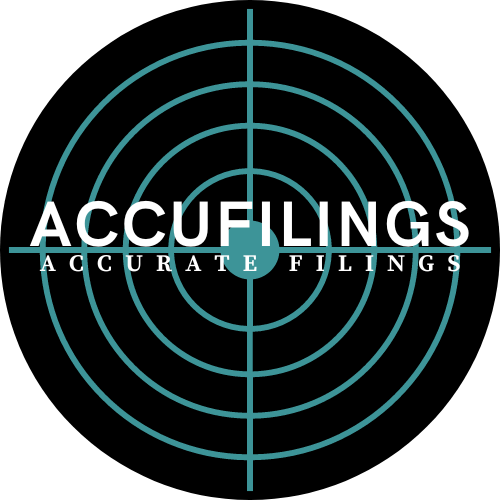Personal Taxes
Understanding Personal Taxes: A Comprehensive Guide
Introduction Navigating personal taxes can be daunting, but understanding the basics and staying informed about changes can make the process smoother. This guide will cover everything you need to know about personal taxes, from filing requirements to deductions and credits.
1. Filing Requirements Who Needs to File?
Individuals with a certain level of income, as defined by the IRS.
Self-employed individuals earning over $400.
Dependents with unearned income above a specified limit.
Types of Tax Forms
Form 1040: The standard IRS form for individual income tax returns.
Form 1040-SR: For seniors, with larger print and a standard deduction chart.
Schedule C: For reporting income or losses from a business you operated or a profession you practiced as a sole proprietor.
2. Tax Return Filing Statuses Single
Unmarried individuals.
Married Filing Jointly
Married couples who combine their income and deductions on one tax return.
Married Filing Separately
Married couples filing separate returns; this can result in higher taxes in some cases.
Head of Household
Unmarried individuals who pay more than half the cost of keeping up a home for themselves and a qualifying person.
Qualifying Widow(er) with Dependent Child
Individuals whose spouse died in the last two years and who have a dependent child.
3. Important Deadlines
April 15
The usual deadline for filing tax returns.
October 15
Extended deadline if you file for an extension by April 15.
4. Income Reporting Types of Income
Wages and Salaries: Reported on Form W-2.
Self-Employment Income: Reported on Schedule C or C-EZ.
Investment Income: Includes dividends, interest, and capital gains.
Rental Income: Includes income from properties you own and rent out.
5. Deductions and Credits
Standard Deduction vs. Itemizing
Most taxpayers opt for the standard deduction; however, itemizing can be beneficial if you have significant deductible expenses.
Common Deductions
Mortgage Interest: Interest paid on a loan secured by your primary residence.
Charitable Contributions: Contributions to qualifying charitable organizations.
Medical Expenses: Out-of-pocket medical expenses exceeding 7.5% of your adjusted gross income (AGI).
Common Credits
Earned Income Tax Credit (EITC): For low-to-moderate-income working individuals and families.
Child Tax Credit: For each qualifying child under the age of 17.
Education Credits: Including the American Opportunity Credit and the Lifetime Learning Credit.
6. Tax Payment Options
Withholding: The amount taken out of your paycheck.
Estimated Tax Payments: Quarterly payments for those who expect to owe taxes of $1,000 or more when their return is filed.
Direct Pay: Pay directly from your bank account.
7. Common Tax Filing Mistakes
Missing Deductions or Credits: Ensure you claim all you’re eligible for.
Incorrect SSN: Ensure Social Security Numbers on tax forms are correct.
Unsigned Returns: Remember to sign and date your return.
8. Resources for Help
IRS Website (IRS.gov): A comprehensive resource for forms, instructions, and updates.
Volunteer Income Tax Assistance (VITA) and Tax Counseling for the Elderly (TCE): Programs offering free help.
Tax Software and Professional Services: Services like TurboTax or hiring a CPA.
Conclusion Understanding personal taxes involves familiarizing yourself with filing requirements, statuses, income reporting, deductions, and credits. Keeping organized records and consulting with professionals when needed can help you navigate your tax obligations efficiently and potentially minimize your tax liability.
